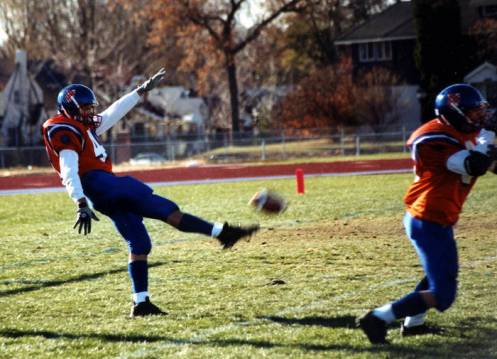With John Becker at the Helm, Vermont Hasn’t Missed a Beat
Posted by Ray Curren (@currenrr) on February 8th, 2017Five years ago, John Becker led Vermont to the NCAA Tournament in his first season as a Division I coach, upsetting Stony Brook in the America East championship game to complete a remarkable personal run that included coaching tennis at Gallaudet University, a school for the deaf and hearing impaired. Although he had never played tennis beyond a casual level, he enjoyed more success in that sport than he did as the Division III school’s basketball coach, where he went 6-44 from 1997-99. After losing that job, Becker stayed in the Washington, D.C., area to get a master’s in information systems at George Washington, and five years later, he left a comfortable job in the Beltway to become the new Director of Basketball Operations for Mike Lonergan at Vermont. When Lonergan left for George Washington in 2011, Becker became his successor, and 10 months later he was in the NCAA Tournament beating Lamar in the First Four before losing to North Carolina. But that was 2012, and the “lucky to be here” phase of his career arc in Burlington is now long gone. Although Vermont has won at least 20 games in all six of his seasons on the sideline, the Catamounts have not returned to the NCAA Tournament since that initial run. And for one of the best mid-major fan bases in college basketball — a group that fills the wooden bleachers of Patrick Gym in snow, sleet and whatever the Flavor of the Month is at Ben and Jerry’s — that’s a decent-sized drought.
Luckily, the wait may soon be over. Vermont (21-5, 11-0 America East), a team that has won 13 straight games dating back to a pre-Christmas loss to Butler, is clearly the best team in the America East. While Stony Brook’s breakthrough last season was a feel-good story, you might also remember that the Catamounts blew a 15-point second-half lead in last year’s America East Tournament final. Most everyone returned from last year’s CBI semifinalist squad, and Becker also brought in Tulane transfer Peyton Henson and freshman Anthony Lamb, a classic mid-major steal who just finds a way to produce at both ends of the floor. Picked by America East coaches to win the conference crown this season, Vermont was going to be good. And for better or worse, they knew it. “It’s fairly obvious if you’re around us and have been around us since the beginning of last season, this group has been motivated and focused on getting back to the NCAA Tournament,” Becker said. “We don’t sit around and talk about it, but the way they carry themselves and the way they go about their business certainly indicates that they’re motivated to end this year the right way, with a championship.” Read the rest of this entry »











































